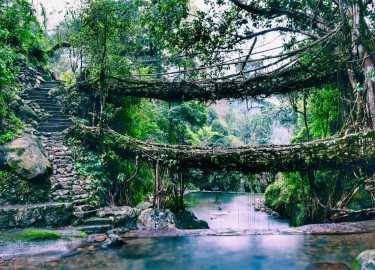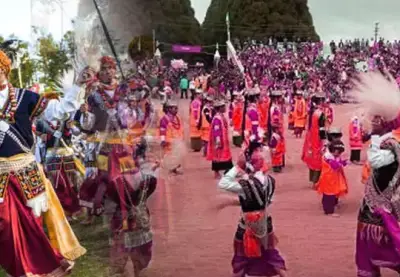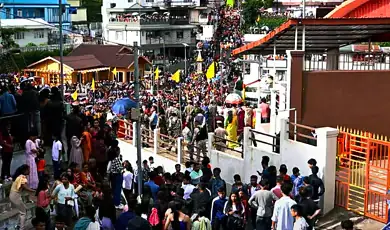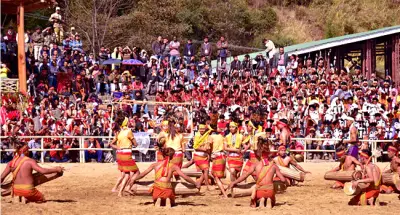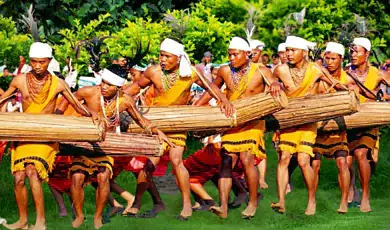
Meghalaya, nestled in northeastern India, is known for its rich cultural traditions and vibrant festivals. The state’s festivals, celebrated throughout the year, provide a window into its diverse cultural landscape. From traditional dances to music and local cuisine, Meghalaya festivals offer a unique experience for both residents and visitors. One of the most famous is the Wangala Festival. This festival, also known as the 100 Drums Festival, celebrates the harvest season and is marked by traditional dances, music, and cultural rituals. The Wangala Festival is a testament to Meghalaya’s agricultural heritage and its celebration of community and tradition.
Among the festivals celebrated in Meghalaya, the Nongkrem Dance Festival stands out. This is a significant cultural event for the Khasi tribe, involving traditional dance performances, offerings, and ceremonies. The Nongkrem Dance Festival highlights the state's deep-rooted traditions and commitment to preserving its cultural heritage. These festivals include the Shillong Autumn Festival, a vibrant celebration that showcases the state's diverse cultural expressions through music, dance, and food. Held annually in Shillong, this festival attracts artists and performers from various regions, creating an exciting and lively atmosphere that celebrates Meghalaya’s artistic and cultural richness.
Another prominent festival in the Meghalaya is the Christmas. This festival reflects the Christian community's deep-rooted traditions and practices in the state. Church services, festive meals, and community celebrations mark the Christmas in Meghalaya. The main festival, known as the Shad Suk Mynsiem, is celebrated by the Khasi people to mark the end of the harvest season. This festival involves traditional dances, music, and offerings, reflecting the state's agricultural roots and cultural vibrancy. Festivals in Meghalaya offer a rich tapestry of cultural experiences, reflecting the state’s diverse traditions and heritage. From the Wangala Festival to Shad Suk Mynsiem, each event provides a unique glimpse into Meghalaya’s cultural richness and celebration of tradition.
| Sr. No. | List of Festivals in Meghalaya | More Information |
|---|---|---|
| 1 | Nongkrem Dance | |
| 2 | Umsan Nongkharai | |
| 3 | Chad Sukra | |
| 4 | Laho Dance | |
| 5 | Behdienkhlam Festival | |
| 6 | Shad Sukra | |
| 7 | Wangala Festival | |
| 8 | Shad Suk Mynsiem | |
| 9 | Khasi Handloom & Straw Weaving Festival | |
| 10 | Shillong Cherry Blossom Festival | |
| 11 | Mopin Festival | |
| 12 | Hornbill Festival |




